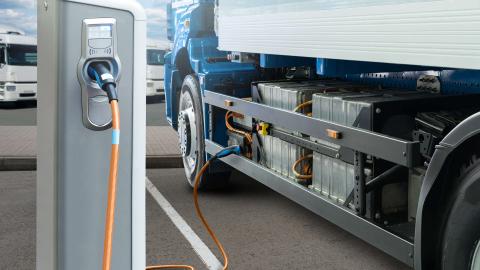
The challenge
A Texas-based utility wanted to proactively electrify its commercial fleet customers to increase load and revenue. The utility also wanted to invest in charging infrastructure to help fleet operators. To accomplish these goals, the utility needed to identify which customers’ fleets—roughly 25,000—would most likely electrify its vehicles. The utility also needed to model the load that fleets would place on the grid.
But the utility found the efforts to be challenging, expensive, and time-consuming. The utility struggled to create a list of priority customers and fleets because it lacked the data it needed to effectively assign resources.
It was clear that the utility needed high-quality data on how the EV market would evolve over the next 10 years to help them navigate the process.
The solution
The utility turned to E Source experts and used the E Source EV Forecast Database to address its needs. The EV Forecast Database provided the utility insights on how the electric truck market would develop over the next 10 years.
Grounded in data, the EV Forecast Database is based on E Source’s deep understanding of how battery prices change over time and how other supply chain issues affect the availability, price, and total cost of ownership of electric trucks. These are often the most important metrics to determine which fleets can easily electrify.
The sales forecast from E Source covered several types of electric trucks, including:
- Electric pickups
- Delivery vans
- Panel trucks
- Straight-line trucks
- Interstate highway trucks
- Refuse trucks
The results
E Source’s 10-year forecasts helped the utility assess the range of fleets in its service territory. It reviewed each fleet based on the types of vehicles and ranked the fleets’ likelihood of electrification.
Using E Source data, the utility can now confidently direct its resources, proactively engage with the fleets, determine future infrastructure needs, and potentially offer beneficial incentives. The utility has jump-started its strategy and saved invaluable time and budget.